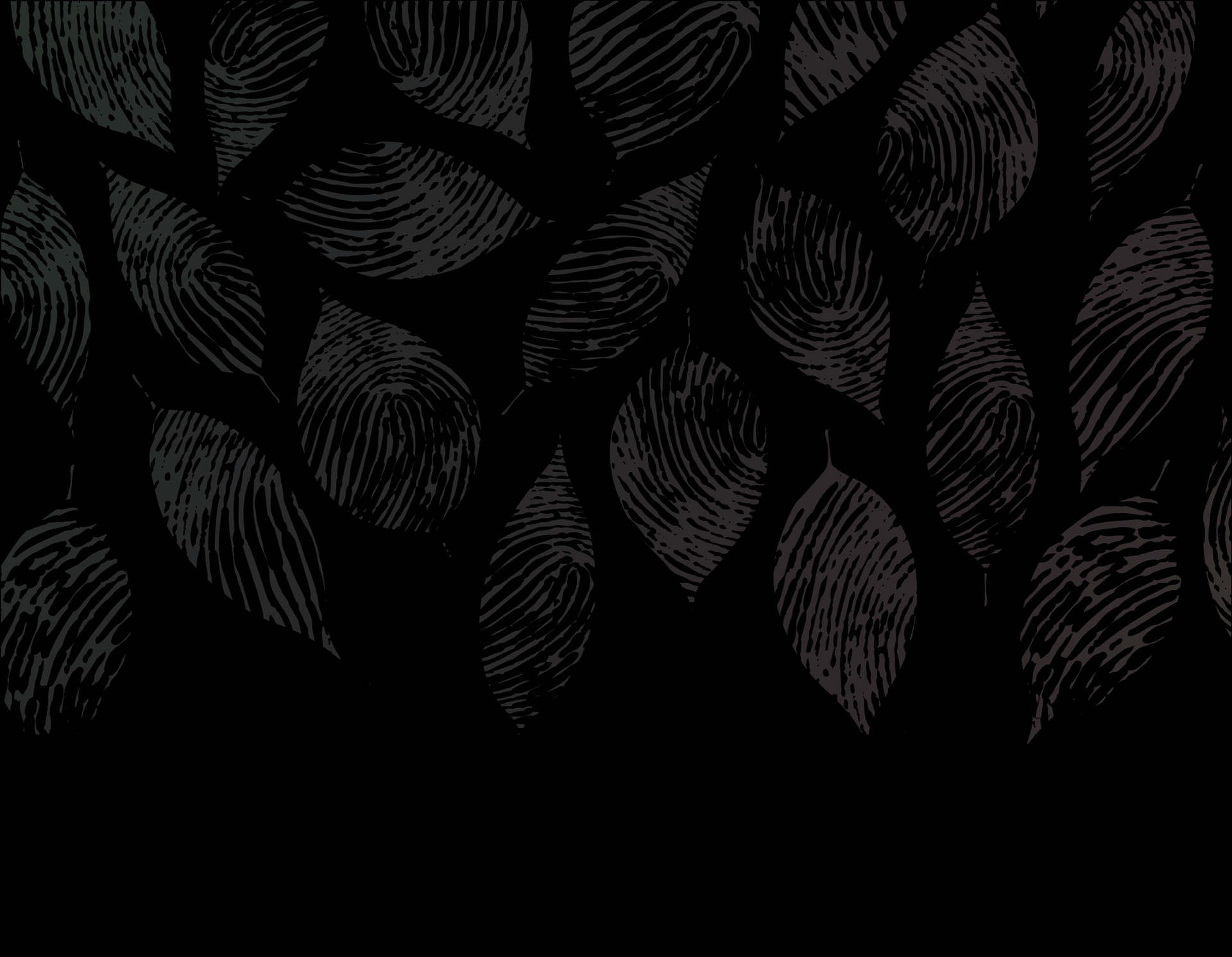Ideas
Idea #6: Discovering Hidden Biases
“Only when we become aware of our biases and assumptions can we take active, conscious steps to overcome them and minimize their impact.”1
Learning Intention
Recognizing perspective is an important step in discussing social justice topics. “[L]ooking at your own biases and privileges helps you interact more effectively with people in the school community because you develop a better understanding of your perspectives, their perspectives, and how any differences between them might affect your interactions."4
Overview
Measuring our implicit associations of social groups can reveal our subconscious biases and stereotypes. Biases influence what and how we teach and learn. Discussing their impact in the classroom setting facilitates a discussion about our perspectives on particular social justice topics. The “IAT can be an effective tool for educators to increase awareness of bias regardless of participants’ positive and/or negative responses to the experience.”2
Instructions
- Assign Implicit Association Test. Encourage students to take the Implicit Association Test from Project Implicit. There are free association tests on a variety of topics, including gender, race, age, and sexual orientation. Specify which test students should take if there is one particularly relevant to the course. If discussing biases in general, students could choose which topic they would like to take.
- Develop reflection questions. Set up the discussion as a learning opportunity to raise consciousness about implicit bias. Questions might focus on reactions to the test results, how implicit biases impact our conscious behaviors, what it means when our results say something contrary to what we believe, and how we can combat biases.3
- Discuss results. Facilitate a respectful discussion based on the students responses to the reflection questions. Make connections between the implications of biases and the teaching and learning of the course.3
Considerations
- Test yourself, too. By examining biases and modeling self-awareness, instructors “are likely to garner more trust and respect from students.”1
- Understand some students may not want to take the test. As an alternative assignment, create questions that ask students to reflect on the effects of biases and prejudice in the classroom.
- Create a positive tone. “Research suggests that expanding our knowledge of and contact with different groups, monitoring our thoughts and biases, engaging in perspective-taking, and building empathy are ways to mitigate unconscious bias.”1
References
- Bell, L.E., Goodman, D.J., & Varghese R. (2016). Critical Self-Knowledge for Social Justice Educators. In Adams, M., Bell, L.E., Goodman, D.J., & Joshi K.Y. (Eds.), Teachings for Diversity and Social Justice (3rd ed., pp. 404-405, 410). New York, NY: Routledge.
- Hillard, A. L., Ryan, C. S. & Gervais, S. J. (2013). Reactions to the Implicit Association Test as an Educational Tool: A Mixed Methods Study. Social Psychology of Education. 163, 514. http://doi.org/10.1007/s11218-013-9219-5
- Nosek, B. A. (2008). Project Implicit Demonstration Site. Action Teaching. Available: http://www.actionteaching.org/award/project-implicit
- Teach For America (2011). The “Knowledge Base” of Self: Uncovering Hidden Biases and Unpacking Privilege. In Diversity, Community, & Achievement (Chapter 5). Retrieved from http://teachingasleadership.org/sites/default/files/Related-Readings/DCA_Ch5_2011.pdf
